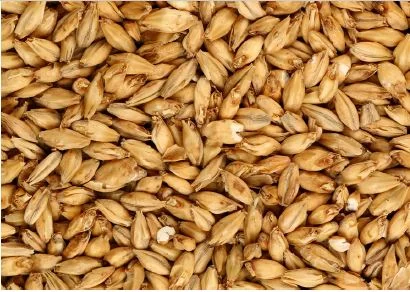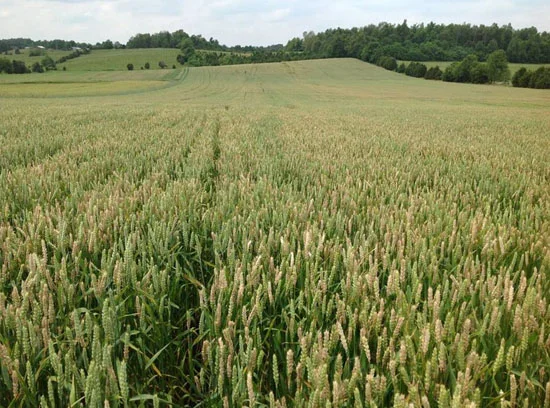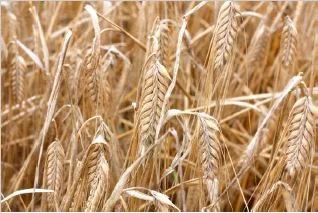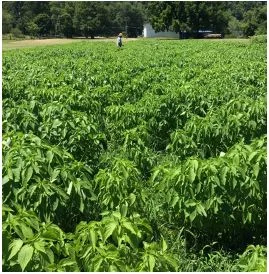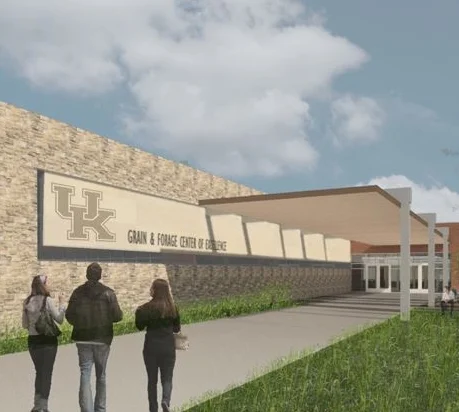Despite sufficient total annual rainfall in Kentucky, irrigation for efficient crop production and for securing high yields becomes increasingly relevant because draught periods often occur
at times and crop growth stages when the water is needed.
he boom in distilleries and interest in locally-grown foods has combined to generate much interest in barley and rye for Kentucky. This has resulted in considerable interest from producers on current agronomic management practices for barley and rye.
Read MoreEvery year, vomitoxin levels caused by Fusarium graminearum, in soft red winter wheat are of major concern to wheat producers and millers. Current agronomic practices to reduce vomitoxin levels include planting moderately resistant wheat cultivars and fungicide applications at Feekes 10.5.1.
Read MoreThis objectives of this project were to monitor the abundance of aphid species and viruses in the fall 2016 and spring 2017 in research plots of Princeton; survey for presence of new invasive Sipha maydis in several regions of Western KY, and collect samples for virus detection; and to evaluate insecticide treatments for aphid management and BYDV’s percentages in treatments.
Read MoreThe overall objective of the research trials were to develop the best recommendations for managing Fusarium head blight (FHB; also known as scab) and the associated mycotoxin deoxynivalenol (DON; also known as vomitoxin) with foliar fungicides.
Read MoreThe Virginia Tech barley-breeding program is the largest and until recently was the only remaining public program in the eastern United States. The barley program is significantly diverse with breeding efforts focused on the development of superior, widely adapted, high yielding winter barley cultivars and a major focus on the incorporation of value-added traits geared towards the development of new markets.
Read MoreWork conducted at University of Kentucky and also by Chris Kummer has indicated that chia, Salvia hispanica, has the potential to be an economically viable new crop for Kentucky farmers, but agronomic improvements and/or additional product markets are needed.
Read MoreIn 2016, the irrigation system was calibrated and wheat was established that fall to examine the effect of wheat canopy temperature on final grain yield in 2017 growing season.
Read MoreWith these limited results, it appears that it might be possible to increase yields of corn and soybeans by 25% on the fragipan soils by using an annual ryegrass cover crop. We also expect to improve the yields of wheat. A 25% increase would result in $500,000,000 in increased returns to Kentucky producers per year or $5,000,000,000 over a 10-year period on the 1.5 million acres of cropable fragipan soils in Kentucky.
Read MoreThe Kentucky Small Grain Growers Association Board and Promotion Council voted this month to invest $250,000 in new graduate housing for the University of Kentucky Grain and Forage Center for Excellence and an additional $290,000 in UK grain-related research projects. KySGGA’s contribution to the Center since fundraising began in November 2015 totals $785,000. This amount will be added to the Center’s goal of raising $15 million to be matched by the Kentucky Agricultural Development Fund.
Read MoreThe University of Kentucky Small Grain Variety Testing Program evaluates wheat and barley varieties that are commercially available or may soon be available to farmers. Annual variety performance testing provide farmers, seed producers, extension agents and consultants with current, unbiased information to help them select the varieties best adapted to their locality and individual requirements.
Read MoreAs I write this, it’s raining and concerns of the March freeze, rust and other wheat issues are on my mind, but it also gives me time to reflect on how far the Kentucky’s small grain industry has come.
Read More

